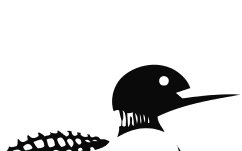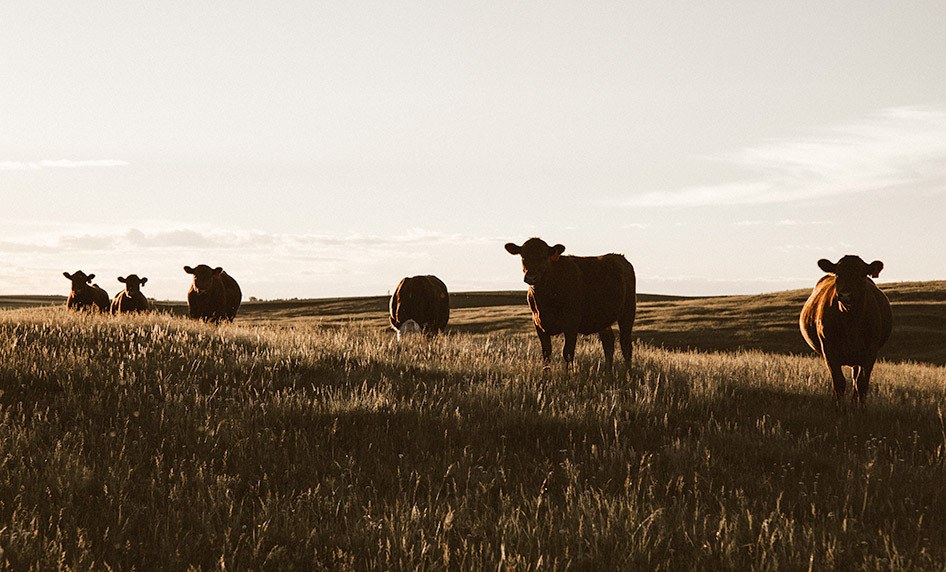
A stunning U.S. raid to capture Venezuela’s president came after a group of amateur intelligence analysts argued that satellite images reveal a Venezuelan launch site that could send ballistic missiles as far north as Washington, D.C.
There was no indication that the American attack had anything to do with the subject of the group’s claims, which the U.S. military dismissed earlier as “speculative” and one top expert rated as plausible but unproven by the evidence.
Days before the American strike on Venezuela, the private sleuths suggested military developments in Venezuela, with Russian, Chinese and Iranian troops stationed nearby, may have been the real reason for U.S. actions around the South American country – not the controversial targeting of alleged drug-smuggling vessels asserted by U.S. forces.
“I don’t think it has a damn thing to do with the drug boats,” said Lee Wheelbarger, a former U.S. Army technology developer who leads the private military analysists. “I think the drug boats are completely irrelevant. That’s an excuse.”
Meanwhile, separate images show a Cuban airfield with a collection of Russian “Kitchen” missiles designed to destroy warships, claims the same group.
Their findings, including a video compilation of satellite pictures, were presented recently at a meeting of the Toronto-based Mackenzie Institute, a defence-oriented think tank.
A leading expert in the region said the group’s interpretation of the imagery “could be true” given Venezuela’s well-documented military ties with some of the States’ top geopolitical adversaries. But Evan Ellis, a research professor at the U.S. Army War College, said it falls short of proof of a dangerous new threat to the U.S.
“The things they said were plausible and they were consistent with more than 15 years of engagement with China, Russia and Iran,” said Ellis. “(But) not everything that they claimed by showing a satellite image was necessarily proven by that image … It’s not nothing but I don’t regard it as a significant ‘Ah-hah.’”
Even if the Venezuelans do have missile launchers buried in the mountain, the sites could be relatively easily destroyed by bombing the holes closed, said the academic.
Steven McLoud, a spokesman for the U.S. Southern Command, which covers South America, said earlier this week the organization does not comment on “speculative reporting or unverified premises.”
“Our mission remains focused on supporting regional stability, combating illicit activities, and working with our partners to address shared security challenges,” he said.
A Russian lawmaker did recently suggest that Russia may supply its new Oreshnik ballistic missiles to Venezuela, while internal U.S. documents indicate that Nicholas Maduro, the country’s president, requested missiles and other equipment from Russia, China and Iran.
There’s no question Venezuela has close military relations with those countries, as well as Lebanon’s Hezbollah, and that it foments political unrest among its neighbours, said Ellis. A recent Chinese military exercise even involved training to fight in the Caribbean, a new paper of his recounts.
“Venezuela now for literally more than two decades has been one of the biggest strategic challenges to the U.S.,” the professor said. “To me the drugs the U.S. is currently going after are only the tip of the iceberg of a broader, long-time, multi-dimensional threat.”
Regardless of the accuracy of Wheelbarger’s analysis, the images he has collected and his conclusions about them help add an intriguing new dimension to the sudden clash between the U.S. and Venezuela.
President Donald Trump announced early Saturday that a strike on Venezuela had culminated with the capture and extraction of Nicholas Maduro, the country’s president, and his wife.
Before that, an armada of powerful American warships – including an aircraft carrier – patrolled the region as the U.S. destroyed at least 30 boats it insisted were carrying drugs to the States, and killed more than 100 people. The Trump administration said it was protecting Americans from lethal narcotics. Critics have condemned the actions as essentially extra-judicial executions of alleged criminals who would normally face arrest and trial. There has been particular concern about a case where survivors on a destroyed vessel were killed by a second missile attack.
Wheelbarger has been analysing military developments around the world for years, with a particular interest in Russian movements since Moscow’s first incursions into Ukraine in 2014. He says he has worked with Ukrainian forces, an assertion corroborated by a now-retired U.S. Air Force officer.
He presents some of the findings on his KLW online news channels, and says military and intelligence officials from the U.S., Canada and Europe are regular audience members.
For several years he was a “senior technologist” with the U.S. Army, a contractor developing night-vision equipment, communications gear and a system that enabled medics on the battlefield to transmit images back to military hospitals and then receive video instructions on a heads-up display. He was featured in a 1999 edition of the History Channel’s Modern Marvels program, which claimed “Wheelbarger’s electronic creations have extended the eyes and ears of America’s intelligence network.”
He also holds what many would consider fringe political beliefs – including the disproven theory that Barack Obama was not born in the U.S., and that American mainstream media is literally controlled by the Democratic Party. But one former American officer who worked with Wheelbarger in 2011 on chemical-biological-nuclear issues – then stayed in touch with him on a more personal level – suggested his open-source intelligence gathering should not be dismissed too readily.
“There were several times when I was confounded by what he presented to me, and then it blew my mind when I validated it was accurate: ‘Holy crap, OK, cool,’ ” said Michael Torres, a now-retired U.S. Air Force colonel. “One thing I’ve learned is he’s not going to put his word on the line unless he feels he can back it up. He will substantiate everything he has.”
Torres said he has seen pictures of Wheelbarger working with Ukrainian forces at the front.
Wheelbarger said he collects publicly available images from 28 satellites operated by several commercial-satellite companies, including Maxar Technologies, Planet Labs, Airbus Defence and Space, BlackSky, Capella Space, ICEYE, SkyFi, European Space Imaging, Apollo Mapping, Satellite Imaging Corp. and L3Harris Geospatial. He and colleagues also access images from ground cameras – sometimes by hacking into them. He employs another video method he declined to discuss on the record, gleans information from human sources around the world and follows aircraft movements with flight-tracking sites.
To help identify what can look to the untrained eye like undefined blobs on the ground, he’s obtained three-dimensional renderings of various military hardware. Those renderings are then placed over the objects revealed by satellite images to see if they match in shape and size, helping identify the equipment. Other objects – like fighter jets and tanks – are clearly recognizable.
In the video presented in Toronto, he points to images around Caracas that include a Russian base with a string of 94 T-72 and T-74 tanks. But most interesting is a mountain which he says has been all but hollowed out to create a subterranean military complex. An opening cut into the hill can be seen clearly in one image, surrounded by rebar that suggests work to create a massive concrete façade. Nearby, valleys have been filed with “millions of cubic yards” of excavated dirt, says Wheelbarger.
On the side of the mountain is an area cleared of vegetation with what appear to be three parallel, straight lines of holes. Wheelbarger and colleagues insist those are tubes for firing intermediate-range ballistic missiles, based on matching underground launch sites in Iran.
Intermediate-range missiles could reach as far north as the U.S. capital, said Jeff Nyquist, a writer and blogger on geopolitics and Wheelbarger collaborator.
The image of the Cuban airfield shows several cigar-shaped objects at the end of a runway, what the analysts say are Kitchen missiles. That’s the Western term for Russian weapons that travel at almost five times the speed of sound and can destroy naval ships. They’re fired from aircraft – usually the Tu-22 bomber. Those are not seen in the images but Wheelbarger said the jets could be disassembled and smuggled into Cuba on larger cargo planes.
Ellis of the Army War College said Venezuela’s military ties with U.S. rivals are longstanding and well known. Russia sold the country $12 billion in defence goods beginning in 2006, including a fleet of Sukhoi-30 fighter jets, helicopters, numerous S-300 anti-aircraft missiles and armoured vehicles. Moscow’s warships have made appearances, including last year when a Canadian frigate and surveillance helicopter joined two American ships to shadow a Russian fleet that visited Cuba and Venezuela.
China has supplied at least 27 of its K-8 fighters, Ellis said, as well as radars and other equipment. Iran sold Venezuela several of its fast-attack boats, trained Venezuelan special forces members and has collaborated on making drones.
Our website is the place for the latest breaking news, exclusive scoops, longreads and provocative commentary. Please bookmark nationalpost.com and sign up for our daily newsletter, Posted, here.




























